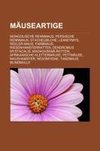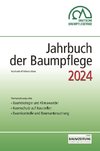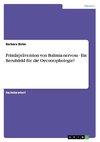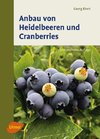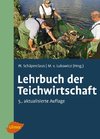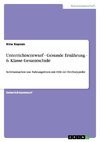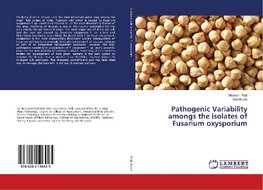
-
 Anglický jazyk
Anglický jazyk
Pathogenic Variability amongs the isolates of Fusarium oxysporium
Autor: Minakshi Patil
Chickpea (Cicer arietinum L.) is the most important pulse crop among the major Rabi pulses of India. Fusarium wilt which is caused by Fusarium oxysporum f. sp. ciceris is considered to be the most devastating disease of this crop. Incidence of diseases is... Viac o knihe
Na objednávku, dodanie 2-4 týždne
51.75 €
bežná cena: 57.50 €
O knihe
Chickpea (Cicer arietinum L.) is the most important pulse crop among the major Rabi pulses of India. Fusarium wilt which is caused by Fusarium oxysporum f. sp. ciceris is considered to be the most devastating disease of this crop. Incidence of diseases is one of the factors responsible for low yield mostly the soil borne diseases. The most important of these are wilt and dry root rot caused by Fusarium oxysporum f. sp. ciceris and Rhizoctonia bataticola, respectively. No doubt within the Fusarium genus F. oxysporum is the most economically important species. Management of Fusarium wilt has been primarily through development of resistant cultivars as part of an integrated management approach. However, the high pathogenic variability in populations of F. oxysporum f. sp. ciceris presents problems for sustainability of resistant cultivars. Screening of the chickpea entries for development of host plant resistant is the best option to manage the disease. Several workers have identified resistant sources to chickpea wilt pathogen. The cheapest, cost-efficient and the most ideal way to manage chickpea wilt, is the use of resistant cultivars.
- Vydavateľstvo: LAP LAMBERT Academic Publishing
- Rok vydania: 2018
- Formát: Paperback
- Rozmer: 220 x 150 mm
- Jazyk: Anglický jazyk
- ISBN: 9786202196925
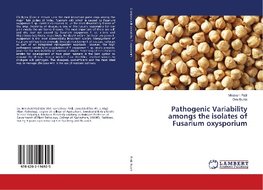

 Nemecký jazyk
Nemecký jazyk 